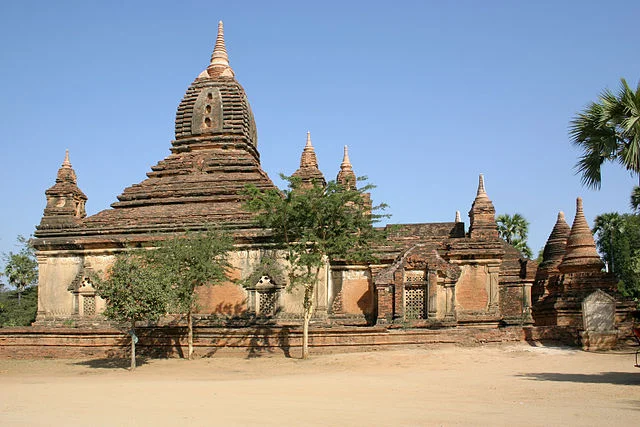Gu Byauk Gyi Temple is a remarkable example of Bagan’s religious architecture, located in the Mandalay Region of Myanmar. This temple stands as a testament to the architectural and artistic achievements of the Pagan Kingdom during its height. Known for its extensive mural paintings and sophisticated structural design, Gu Byauk Gyi Temple offers valuable insight into the Buddhist practices and artistic expressions of ancient Myanmar.
Get your dose of History via Email
History and Construction
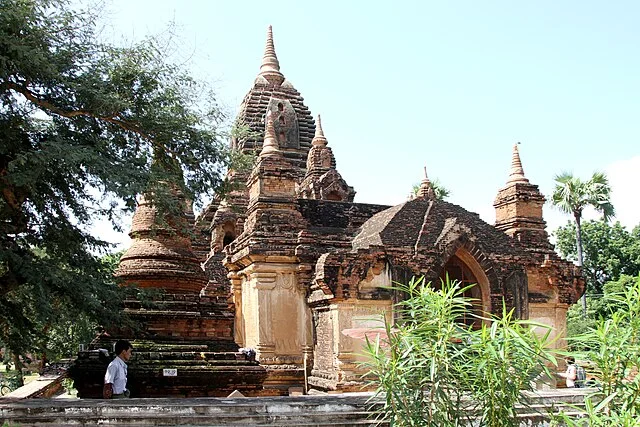
Gu Byauk Gyi Temple was built in the 12th century AD during the reign of King Kyanzittha, one of the most influential rulers of the Pagan Kingdom. The temple’s construction reflects the cultural and religious growth of the period, a time when the Pagan Kingdom expanded its influence across Southeast Asia and became a major center of Theravāda Buddhism.
Kyanzittha’s reign saw a surge in religious construction projects, many of which focused on spreading Buddhist teachings. The temple’s name, Gu Byauk Gyi, translates to “the Great Painted Cave,” highlighting its significance as a painted structure. The extensive murals on the interior walls illustrate scenes from the life of Buddha and serve as an educational tool for monks and laypeople. These paintings also reflect Bagan’s unique style, influenced by Indian and Sri Lankan art traditions.
Architecture and Design
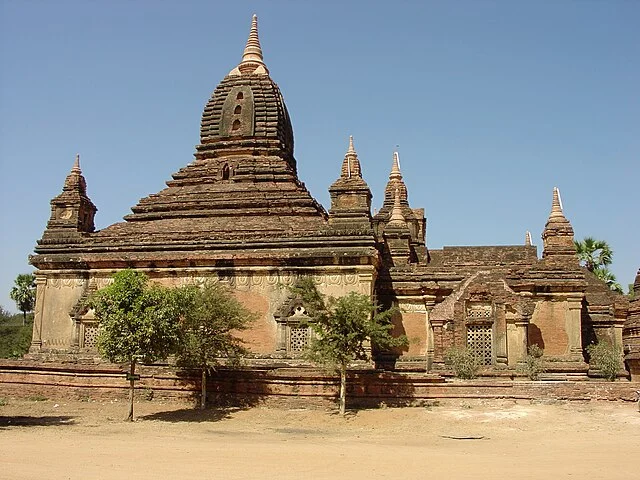
Gu Byauk Gyi Temple is a single-story structure, designed in a square layout. Its architectural design combines Indian and Burmese elements, typical of the early Pagan style. The temple is made of brick, and the exterior features intricate stucco detailing, emphasizing the skill of artisans during the period. The temple’s spire rises gracefully from the center, adding verticality to its otherwise grounded structure.
Inside, the temple is spacious and organized around a central Buddha image, which represents the primary focus of worship. The central shrine room is surrounded by narrow corridors lined with painted walls. The open layout allows light to filter through small openings, illuminating the murals and creating an atmosphere of reverence. This architectural design, particularly the use of natural light, reflects an understanding of both spiritual and practical needs in religious spaces.
Mural Paintings
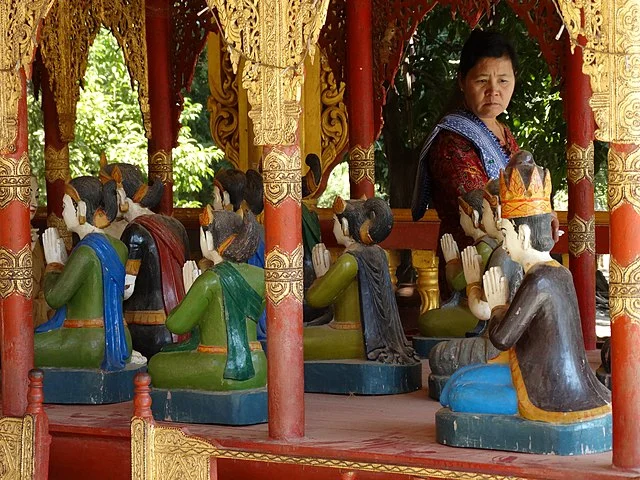
One of Gu Byauk Gyi Temple’s most notable features is its mural paintings, which cover the walls and ceilings of the interior chambers. These murals are among the most extensive in Bagan and have significant cultural and historical value. They depict scenes from the Jataka tales—stories of the Buddha’s past lives—alongside other Buddhist iconography. The paintings provide insight into the artistic traditions, clothing, and social customs of 12th-century Myanmar.
The murals were created using natural pigments, which were mixed into various colors and applied directly to the walls. This painting technique, along with the subject matter, shows influence from Indian Buddhist art and Burmese folk styles. While many of the paintings have faded or suffered damage over centuries, preservation efforts have helped protect some of the more detailed works.
Religious Significance
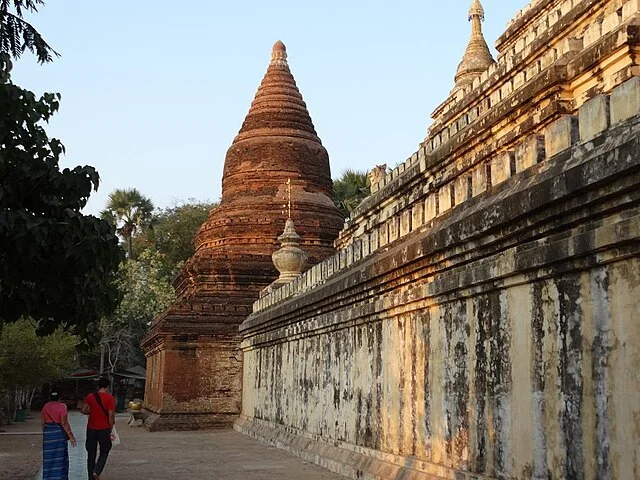
Gu Byauk Gyi Temple served as both a place of worship and a center for religious instruction. The murals likely played an essential role in educating visitors and monks, serving as visual aids for recounting Buddhist stories. The Buddha images and the central shrine room provided a space for meditation and prayer, reflecting the temple’s role in the daily religious life of the Pagan Kingdom.
Additionally, the construction of the temple by King Kyanzittha likely reinforced his commitment to Buddhism and his status as a devout ruler. His patronage of religious sites helped legitimize his rule and solidified the Pagan Kingdom as a hub for Buddhist art and architecture.
Preservation Efforts
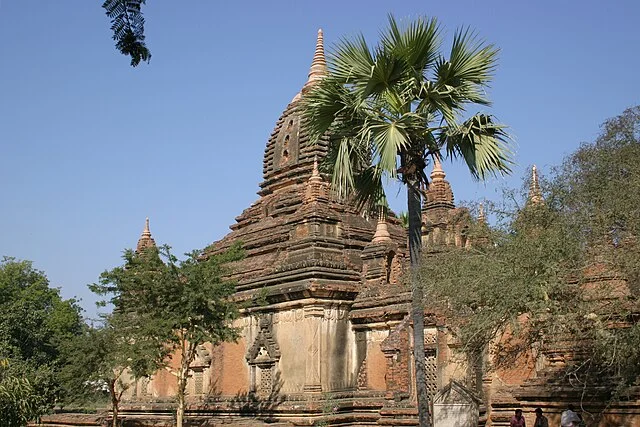
Over the centuries, Gu Byauk Gyi Temple has experienced natural weathering, earthquakes, and human impact, all of which have contributed to the deterioration of its structure and murals. Restoration efforts began in the 20th century, primarily led by the Myanmar government and international preservation groups. These efforts focused on stabilizing the structure, restoring damaged murals, and improving visitor access while respecting the temple’s historical integrity.
Preservationists face challenges in maintaining the authenticity of the original materials, as the use of modern substances could affect the temple’s historical value. Efforts to balance restoration with authenticity continue, especially as Gu Byauk Gyi Temple remains a popular tourist destination.
Conclusion
Gu Byauk Gyi Temple is a critical piece of Myanmar’s cultural and religious history, representing the architectural, artistic, and spiritual legacy of the Pagan Kingdom. Its design and murals offer valuable insight into the period’s Buddhist practices and artistic influences, while preservation efforts work to safeguard this heritage for future generations. The temple stands as a testament to the Pagan Kingdom’s dedication to Buddhism and the remarkable achievements of its artisans.
Source:

